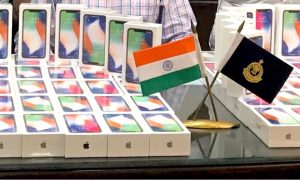Apple Finally Sending Out Payments in iPhone 7 ‘Loop Disease’ Settlement
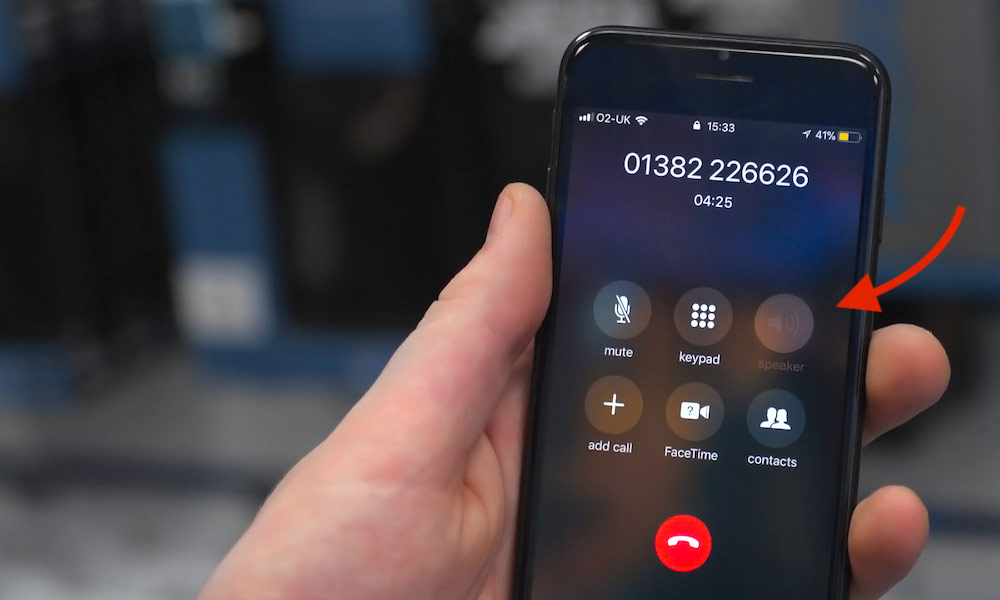
The iPhone 7 may be a glimmer in most people’s memories, but it hasn’t been forgotten entirely. In that model’s heyday, many folks experienced odd problems with audio quality and performance that became known as loop disease.
Loop disease could manifest itself in several ways. Most commonly, it was poor audio quality or the inability to be heard on phone calls. Audio features such as the speakerphone and the Voice Memos app were often greyed out and unavailable. In some cases, these problems could be solved by software fixes, but in most cases, it was a hardware-based problem, likely the result of a loose audio chip that was costly to repair.
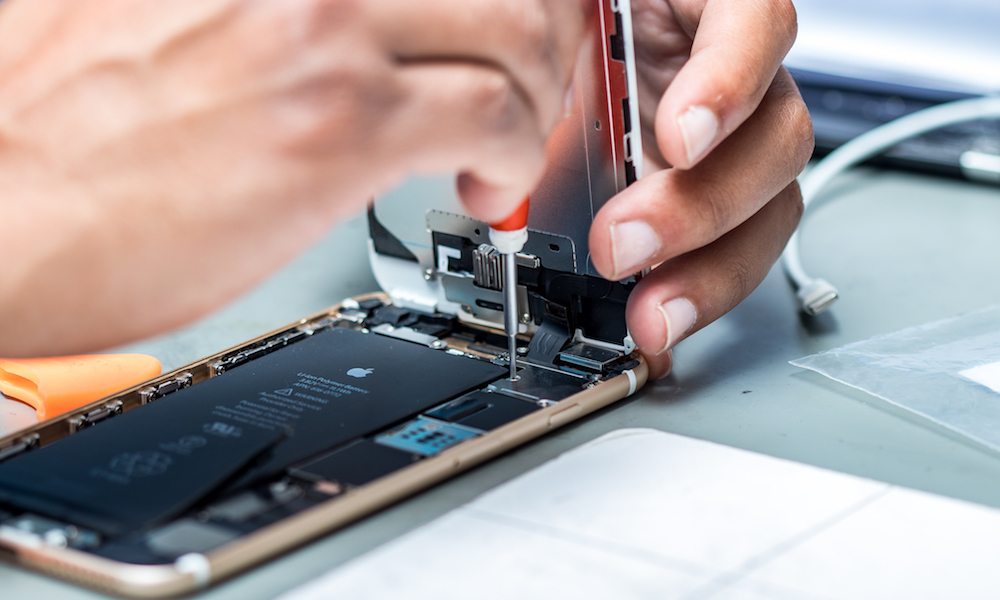
Although loop disease didn’t affect everyone, it was widespread enough to result in a class action lawsuit, accusing Apple of “refusing to take responsibility” for the problem. As with most such lawsuits, this one took its usual time to wind its way through the courts, and it wasn’t until 2023 that Apple agreed to a $35 million settlement.
As is often the case in class action lawsuits, the bulk of that money will go to the lawyers to cover legal fees and administrative costs. Nevertheless, the settlement is still paying out between $125 and $349 to claimants, depending on whether they paid for repairs or merely reported the problem to Apple.
The class included anyone in the United States who owned an iPhone 7 or iPhone 7 Plus between September 16, 2016 (the day it went on sale) and January 3, 2023. However, iPhone 7 owners must have reported the issue to Apple or paid Apple out of pocket to have their iPhone repaired or replaced.
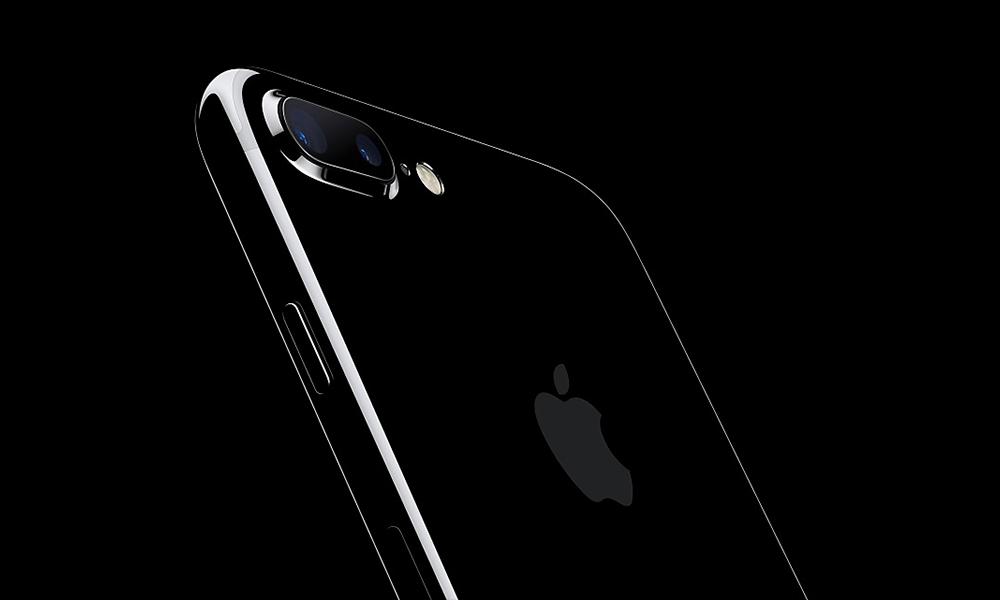
The deadline to file a claim ended on June 3, but now it looks like Apple has finally started sending out the payments, according to 9to5Mac. The payments are reported to be around $200 per claim, but that likely still depends on the abovementioned factors. Some users on Reddit have reported receiving the maximum $349.
The higher amount likely applies to those who paid Apple to have the issue fixed. Without AppleCare+, those repairs could cost up to $300, making a $349 payout reasonable. Those who had AppleCare+ and were able to get the issue covered under Apple’s protection plan may be receiving less, as they wouldn’t have incurred the same out-of-pocket expenses for the repair.
The amounts may also vary as most class action lawsuits typically operate out of a pool of money evenly divided by the number of claimants in each category, with minimum and maximum amounts. If there are fewer claimants, there’s more money to go around, so the individual cheques can be larger. Courts also typically set aside some additional funds in the settlement for the rare cases where there are too many claims to distribute the minimum amount.
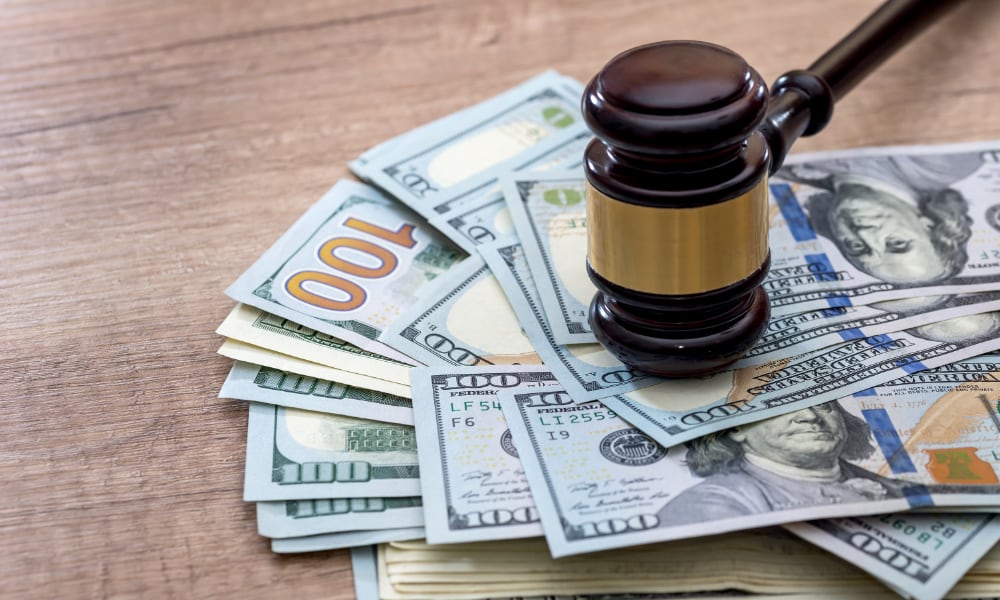
Apple acknowledged the existence of loop disease in May 2018, long after most iPhone 7 models would have been out of warranty. However, it never launched a full-fledged service program to repair affected models. Instead, it told Apple Stores and Apple Authorized Service Providers (AASPs) that they could escalate the case to Apple, which would grant an exception for a free repair on a case-by-case basis.
It’s unclear if every customer with the problem was granted such an exception. However, the program was short-lived regardless; the policy ended two months later, in July 2018, according to MacRumors’ sources. After that, customers were required to pay the standard fee for an out-of-warranty repair. By September 2018, early iPhone 7 adopters would have also seen their AppleCare+ coverage running out, leading to costly repairs if the problem manifested itself after that.




